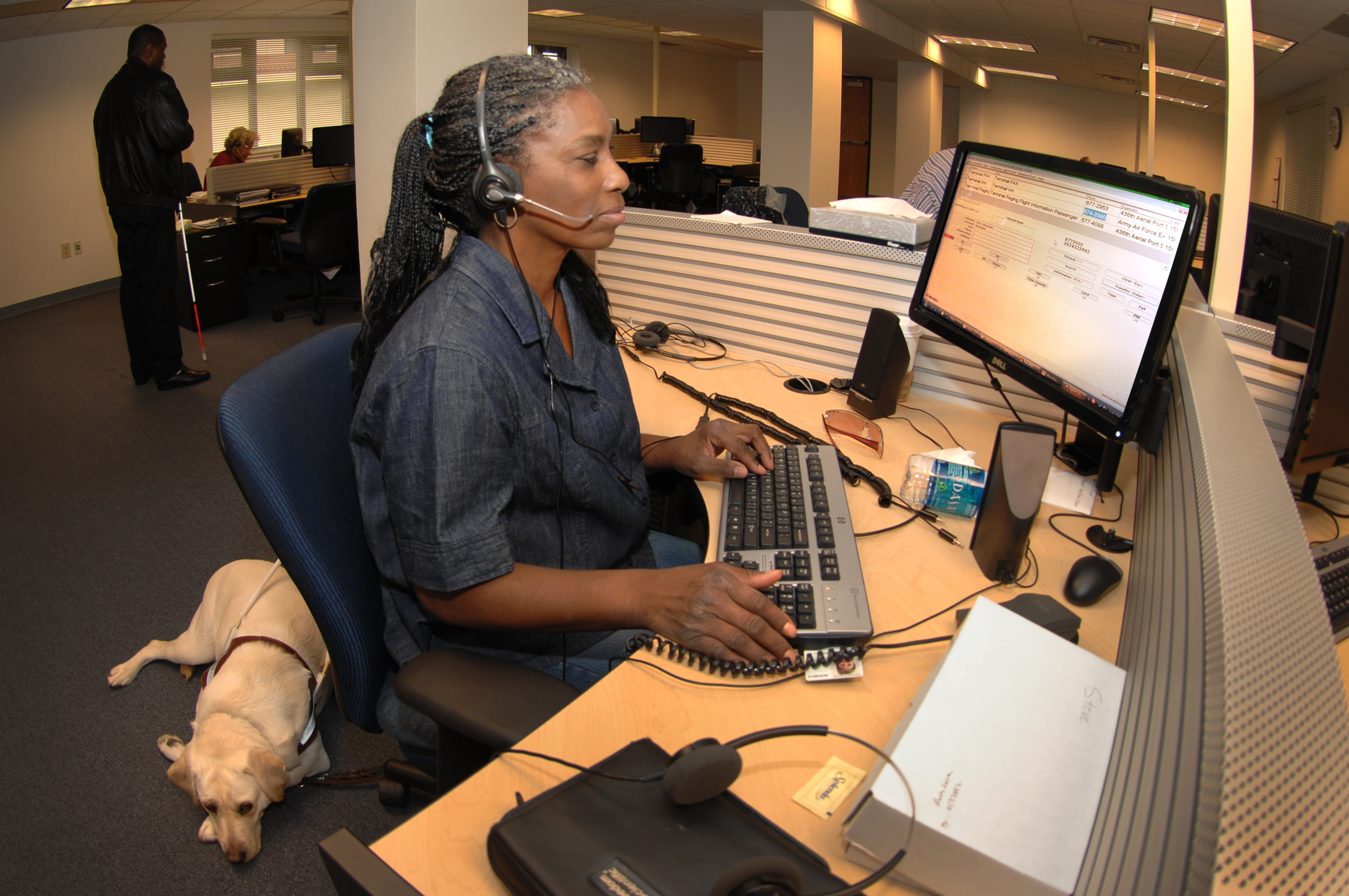Summary

by Sofia Gallo
One of the questions I often get from my friends is, “How do you use the internet?” After all, at first glance, a computer seems like a visual tool – looking at the screen appears to be necessary to use the mouse or read text. However, I am able to use the internet using screen readers – computer software that reads text on the screen out loud and allows me to control the computer using a keyboard.
Whenever a website or computer program contains text, the screen reader recognizes it and reads it out. Additionally, it lets me know whether I can interact with it by specifying whether the text is a link, a button, or just text.
I can move around the screen by using keyboard shortcuts such as pressing H to jump from heading to heading on a page, pressing F to go to editable fields on the page, pressing up or down arrows if I want to read every line in the current page, and pressing enter to click on a link or button on the page. Through these keyboard shortcuts, I can efficiently move around the screen just as quickly as a sighted person without having to know where the cursor is.
While screen readers allow visually impaired people to access almost all content on the Internet, websites and computer programs need to be designed properly for screen readers to provide the same information that is visible on the screen. One common problem, for example, is using pictures to represent words. If a website has a link that says “email”, the screen reader will give me that information.
However, if the link is a picture of an envelope, the screen reader will recognize it as a picture, and will say something along the lines of “link image”. This description does not actually tell me what the link is for, even though the envelope icon will be clear to a sighted user. Website developers can fix this by adding alt-text to pictures (descriptive hidden text that screen readers will recognize but that is not visible to people looking at the screen), but this workaround is not always used.
Other common problems include links not labeled as such (even though they perform the same function and visually it does not make a difference), and using graphic content to convey information (such as a picture with text in it, which the screen reader still recognizes as a picture). Despite some challenges, screen readers are able to provide almost the same information that is visible on the screen to visually impaired users.
Computers have become an essential part of everyday life – they are required for almost every job and for social communication. While there are still some accessibility challenges, screen readers allow visually impaired users to access and interact with all the same information available visually to other users, which ensures that more people have access to modern technology and the opportunities for social interaction and career advancement it provides.
Sofia Gallo graduated from Princeton University with a Bachelor of Arts in Politics in 2017. She has used screen reader technology for multiple years and is passionate about learning to use new technology, increasing accessibility of applications and websites (especially mainstream commercial products), and using technology to remove barriers to independence for people with disabilities. She lives with her guide dog and best friend, a black lab named Karleen.